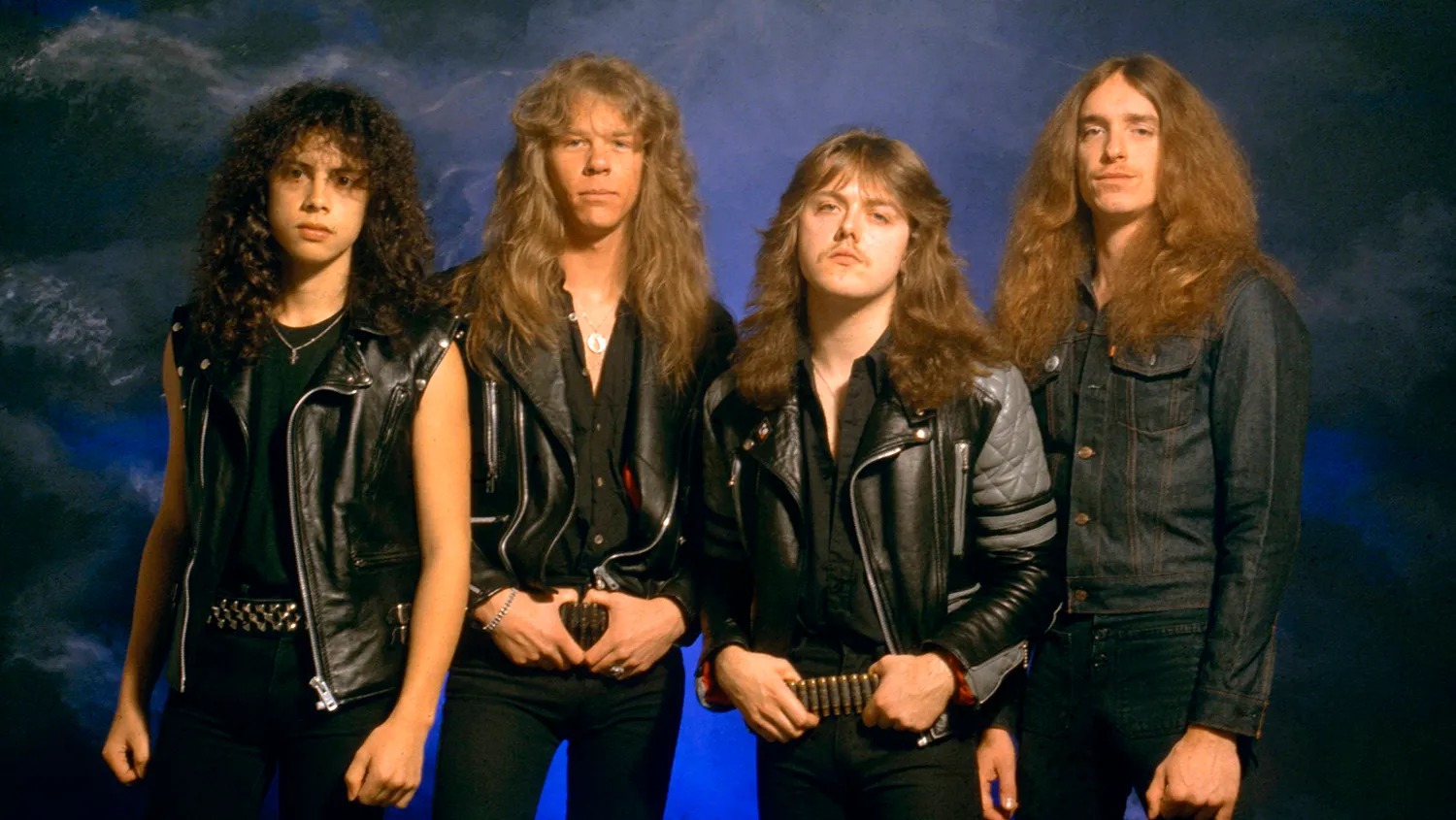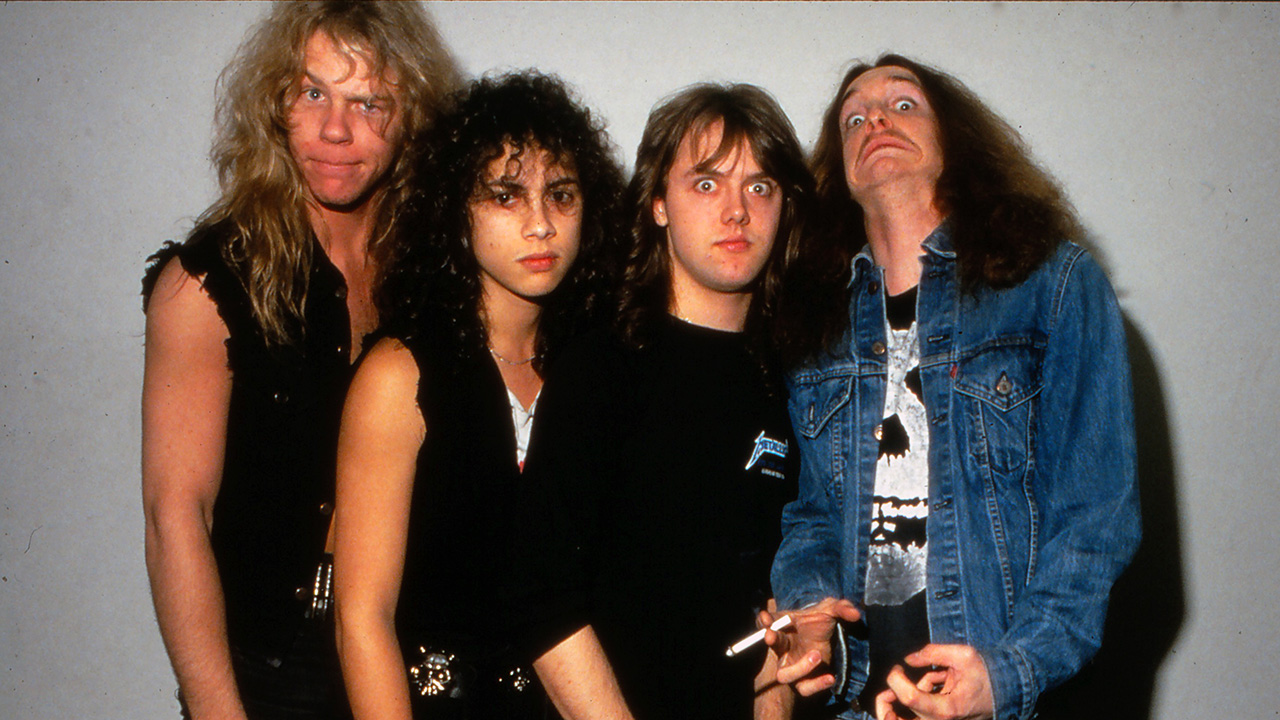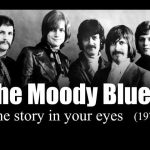Young Metallica (Early 80s): The Genesis of a Thrash Metal Legend

The early 1980s was an explosive period for rock music, and within that landscape, a young band from Los Angeles (later relocating to San Francisco) began to forge a new wave, defining an entirely distinct musical genre: thrash metal. This was Metallica in its formative years – a group of ambitious young men fueled by speed, aggression, and raw anger.
Formation and Early Years:
Metallica was founded in 1981 by drummer Lars Ulrich and guitarist/vocalist James Hetfield. Sharing a common passion for the New Wave of British Heavy Metal (NWOBHM) bands like Diamond Head, Motörhead, and Iron Maiden, they quickly found their musical voice. Soon after, guitarist Dave Mustaine (who would later form Megadeth) and bassist Ron McGovney joined, forming the band’s initial lineup.
However, Metallica’s most iconic and influential lineup of the early 80s solidified when Kirk Hammett replaced Dave Mustaine in 1983, and particularly with the arrival of the legendary bassist Cliff Burton in late 1982 (replacing Ron McGovney). It was Cliff Burton who brought a new depth of musicality and structural complexity that Metallica had not yet possessed.

Pioneering Sound:
During this period, Metallica developed a characteristic sound, blending the speed and aggression of punk rock with the technicality and complex structures of traditional heavy metal. They were pioneers of thrash metal, a faster, heavier, and often more dark and socially conscious genre than conventional heavy metal.
Their early albums are the clearest testament to this explosion:
“Kill ‘Em All” (1983): This debut album was a powerful statement, brimming with raw energy and velocity. Tracks like “Hit the Lights,” “The Four Horsemen,” and “Seek & Destroy” immediately captured the attention of the underground scene. It was a groundbreaking album that laid the foundation for the thrash genre.
“Ride the Lightning” (1984): With their second album, Metallica demonstrated remarkable maturity in songwriting. The tracks were longer, more complex, and incorporated more melodic elements, yet still maintained their signature heaviness and speed. “For Whom the Bell Tolls,” “Fade to Black,” and “Creeping Death” are prime examples of this evolution.
“Master of Puppets” (1986): Released towards the end of this period, “Master of Puppets” is widely considered a masterpiece of thrash metal and the pinnacle of their classic lineup with Cliff Burton. This album showcased songwriting sophistication, masterful technicality, and emotional depth, elevating Metallica to an undeniable leadership position within the genre.
Legacy:
Young Metallica of the early 80s was not just a band; they were a movement. They fundamentally changed the landscape of heavy metal, inspiring countless other bands and forging a massive, loyal global fanbase. Their raw energy, innovation, and uncompromising spirit in those formative years laid the solid groundwork for the legendary status Metallica holds to this very day. It was the era of rawness, authenticity, and the birth of giants.











